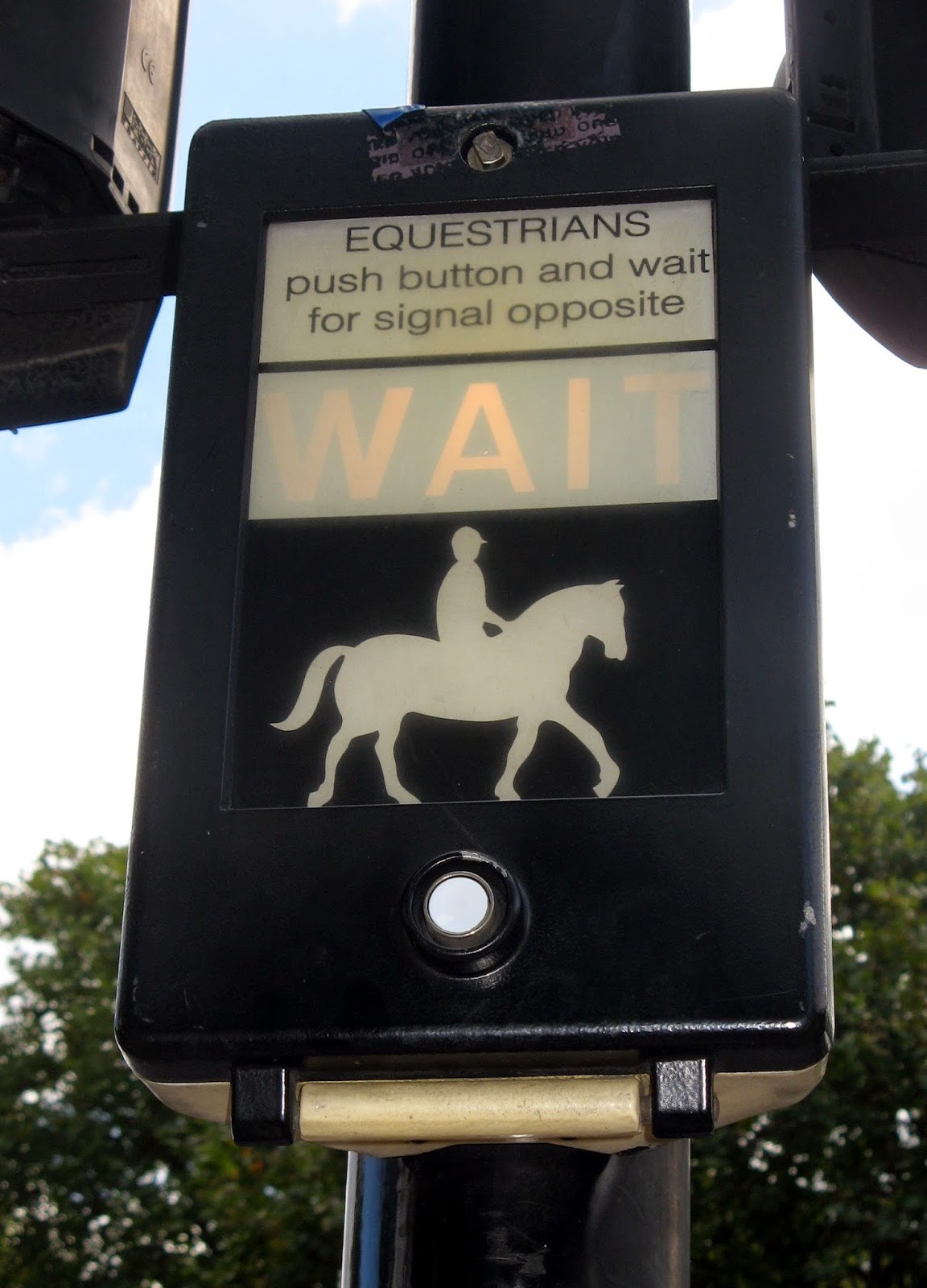Pride and Prejudice: Women’s place in relationships and marriage
 |
| Jane Austen collection - photo by Thalita Carvalho |
Jane Austen chose to use her own experiences throughout her novels, using the point of view of a woman living amongst the high-society but coming from a non-affluent family. Therefore, her novels tend to revolve around the lives of the English upper class society, consequently, Pride and Prejudice is classed as a realistic novel.
However, through Pride and Prejudice, Austen not only emphasises and criticises her knowledge of the importance of the maintenance of social decorum through a 'comedy' of manners but also women's place in relationships and marriage.
Austen was writing at a time when a major shift of consciousness and social changes were taking place, one of the factors being the emergence of a middle-class society.
Yet, in the provinces, where Austen resided, the "high-society" in their country houses continued living mostly undisturbed by great national and international events such as the Napoleonic wars; its effects are felt in Pride and Prejudice only by the army being used as a tool to portray the disapproval of the "flighty," foolish behaviour of the heroine’s sister.
As in earlier English history, women constituted a deprived class. In the new encyclopaedias of the eighteenth century, Bonnie Anderson and Judith Zinsser, authors of A History of Their Own: Women in Europe From Pre-History To The Present: Volume II, note that women were portrayed as the opposites of men:
- women were emotional – men were rational
- women were passive – men were active
- women were gentle – men were aggressive
- women's virtues were chastity and obedience – men's, courage and honour (143)
Thus, women were widely regarded as inferior to men in intellect and only qualified for domestic skills; they were granted minimum schooling and only lowly pursuits were open to them. Austen depicts such gender stereotyping well in Pride and Prejudice, where women engage in needlework, picking flowers, walking and reading, playing music and singing, attending balls and having vacations with more distinguished relatives.
Besides highlighting typical female pursuits, since no real career opportunities were open to women outside of domesticity, Jane Austen stresses and reiterates the central problem and preoccupation for the young leisure-class lady of the subject of getting married.
After marriage, women possessed almost no legal rights.Married women became legal minors, under the guardianship of their husbands.
 |
| Jane Austen's novels - photo by Thalita Carvalho |
As Anderson and Zinsser indicate, all the wife's wages, inheritance, and property belonged to her husband.A woman's only protection for her property was a marriage contract. Furthermore, all laws agreed that husbands could physically punish their wives, albeit moderately. (149-150)
Austen chose the subject of marriage as her main theme because it provides her with an opportunity to display her heroine's practical sense and integrity, and her strength to demonstrate refinement under social and financial pressure. By using a heroine such as Elizabeth Bennet, who is determined to uphold her principles and integrity, Austen accentuates that women still have freedom of choice despite the pressures of society.
In addition, Elizabeth's determination to maintain her sentiments is enhanced by the contrast provided by her friend Charlotte, who believes, "happiness in marriage is entirely a matter of chance," (P&P69) and her sister Jane – both of whom are willing to accept their gendered fate.
 |
| Elizabeth Bennet - photo by Norika21 |
Austen, well known for her stories of love and money and class differences, uses wit and deftness to successfully underscore the pressures and restrictions of the eighteenth and nineteenth centuries on the status of women. By way of Elizabeth Bennet’s character, Austen determines an alternative existence in such a society for women.
Sources:
- Anderson B.S. and J.P. Zinsser, A History of Their Own: Women in Europe From Pre-History To The Present: Volume II. New York: Harper Perennial, 1989.
- Austen J., Pride and Prejudice. Middlesex: Penguin, 1972.
Adapted from an article first published by Lesley Lanir on Suite 101.com
Copyright Lesley Lanir. Contact the author to obtain permission for republication.








Comments
Post a Comment